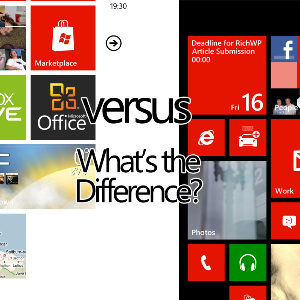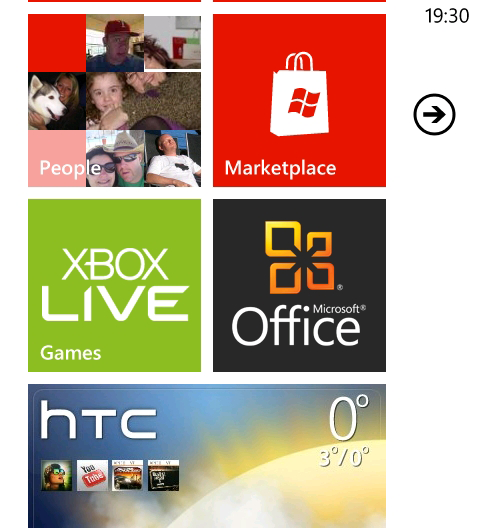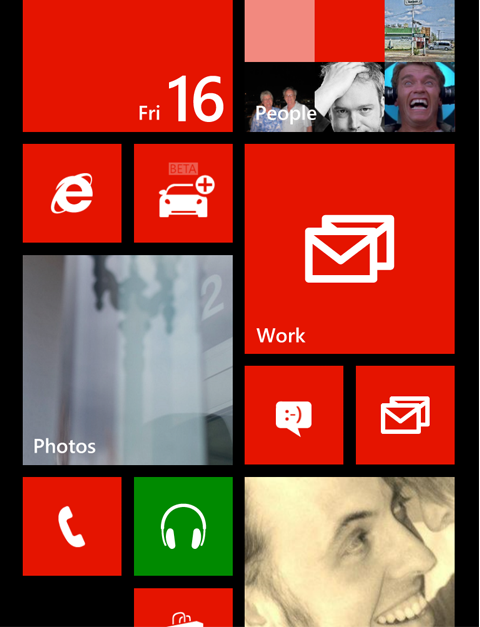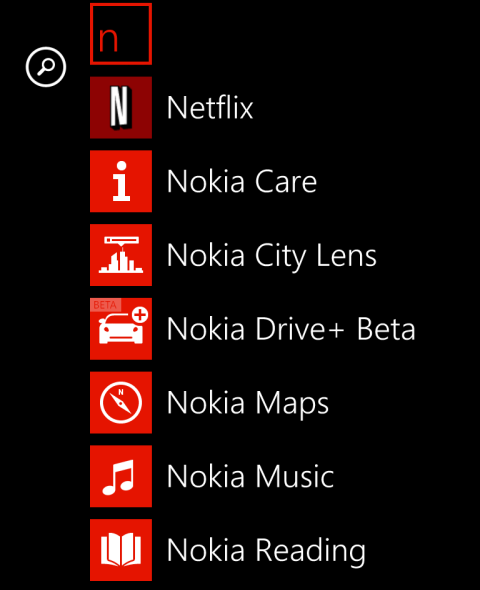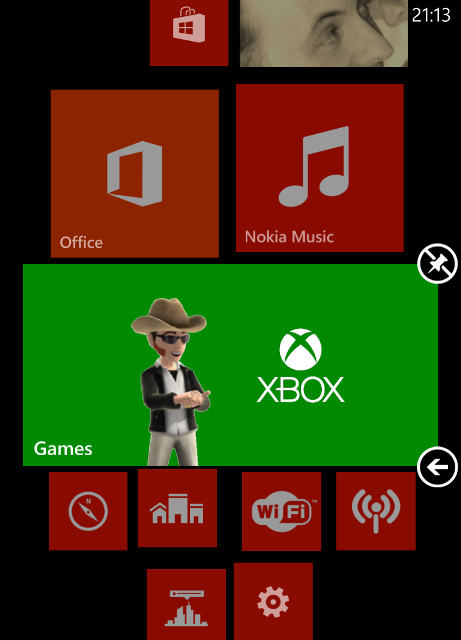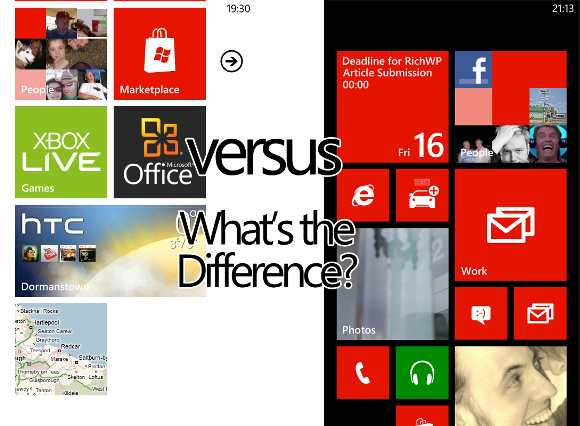As a long term user of Windows Phone 7, the decision to upgrade to Windows Phone 8 was made all the more difficult by Microsoft’s revelation that they wouldn’t be completely abandoning the older release.
Instead, the older devices would be receiving an upgrade to what is called Windows Phone 7.8, an update that begins rolling out in December 2012 and which offers a bunch of improvements to the existing Windows Phone 7.5 release of the slick and stylish OS.
While the first generation devices (for example the HTC devices such as the HD7 and the Nokia devices including the Lumia 800) won’t be given the same feature upgrades as the new Windows Phone 8, there are still quite a few improvements that will be introduced…
Windows Phone 8: The Hardware Conundrum
One of the key issues with swapping a Windows Phone 7 handset with a Windows Phone 8 device is the basic fact that the new phones are designed for the future.
For instance, while Windows Phone 7 (above) has a single core processor, Windows Phone 8 (below) is designed for multicore devices. While the OS has never been resource-heavy, various other hardware improvements (removable MicroSD cards, support for 1280x720 and 1280x768 resolutions, full NFC support) mean that Windows Phone 7 is already at a disadvantage.
Throw in over the air updates and integrated VoIP, and you can see that there are features that depend heavily on hardware that Windows Phone 7 devices just don’t have.
Shared Features
This isn’t to say that the two platforms are very different – Windows Phone 7.8 and Windows Phone 8 get to share a few much-needed features.
The most important shared feature for many will be the new UI settings, which enable users to alter the size of the Start screen tiles. Additionally, photography options are set to be increased, with timers, panorama tools, action shots and group shots all possible. Various Nokia apps set for release across the Windows Phone ecosystem will also be available on Windows Phone 7.8, such as Nokia Play To, Nokia Music, and Nokia Drive - an excellent satellite navigation tool.
However, it isn’t all good news. For instance, apps designed for Windows Phone Apollo (as WP8 is codenamed) will not be made available for Windows Phone 7 devices. While backwards compatibility is not possible, most apps purchased for Windows Phone 7 should run on Windows Phone 8, although some will be unavailable for various reasons (mostly updating for the new platform).
Windows Phone 8’s Winning Smile
In the end, however, Windows Phone 8 has the advantage. This should come as no surprise – it’s a new platform, a new iteration of the former, and as such supports more hardware technologies.
Secure boot and 128 bit encryption will protect the phones from intrusion – they’ll also make the work of anyone trying to hack the platform Jailbreak-style extremely tough. Remote device management and the ability for corporations and SMEs to add their own hubs will also be restricted to Windows Phone 8. Add to this everything that Windows Phone 7.8 can do plus the ability to take screen captures (at last!) and we’ve got a new mobile platform just waiting to take off.
The results are impressive. Indeed, in the eyes of some commentators, Windows Phone 8 is the platform that Windows Phone 7 should have been.
What About The Future?
With the release of Windows Phone 8, Windows Phone 7 users are put on notice by Microsoft. Just as a first generation Android or iPhone won’t really cut it for running modern apps and games, so the devices originally launched with the Windows Phone 7 operating system and hardware are unsuitable for Windows Phone 8.
Windows Phone 7.8 gets around this by offering some features that are shared with Windows Phone 8, but beyond this, the future looks bleak for the platform. Beyond a few bug fixes and low key updates, it seems unlikely that the owners of Windows Phone 7 devices will be able to upgrade their devices again.
Once Windows Phone 7.8 is out there, the smart money – certainly for users in North America and Europe – is on Microsoft all but abandoning the platform (Windows Phone 7.8 is expected to continue as an entry-level platform for low-cost devices, mainly produced by Nokia, such as the Lumia 510). While this might encourage hackers and developers to improve the OS or even find a way to install Android on the devices, for most users grabbing a Windows Phone 8 handset or even jumping to Android or iPhone might be the answer.
A lot has been written about Microsoft’s desertion of Windows Phone 7 – many users are not happy, but ultimately, the change has to be made for the platform to compete…
Make a Decision Based On Your Needs
Of course, we couldn’t encourage anyone to upgrade to Windows Phone 8 unless they were able to do so. Although this isn’t a review, the new version of Microsoft’s mobile platform is certainly worth seeking out in your local mobile phone or electronics store, just so you can get a good glimpse of what it can do. My review of Windows Phone 8 will give you some further background on this.
At the same time, however, if you’re happy with Windows Phone 7.5 and don’t have much need for NFC, integrated Skype, e-wallets, background multitasking or porting of apps to and from Windows 8 (the full version - Windows 8 RT doesn't support syncing with Windows Phone), then there is little need to update your phone.
Microsoft has already planned a “controlled fragmentation” of the platform to enable Windows Phone 7.8 to carry on for a few years yet in lower spec devices for emerging markets – while future updates seem unlikely, support is expected to continue for a few years yet.

